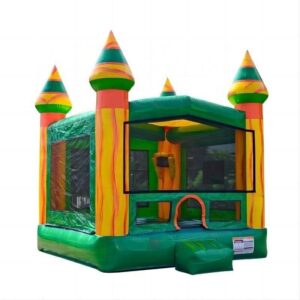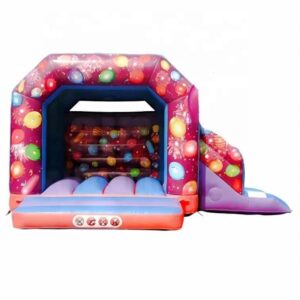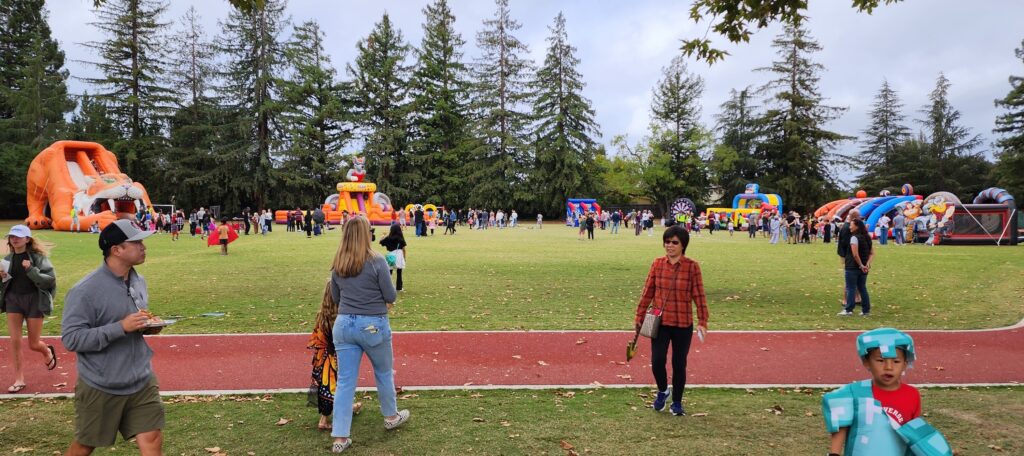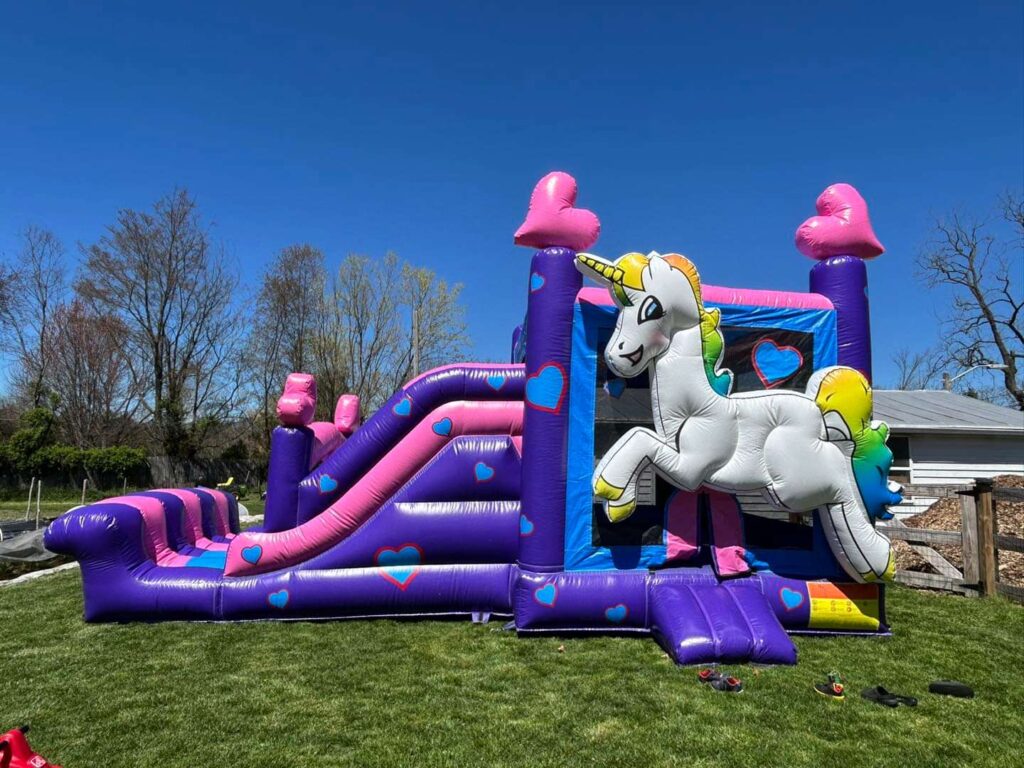What to Look for in Safe Bounce Houses for Kids: The Ultimate Safety Guide
Essential Safety Checklist for Bounce Houses
| Safety Element | What to Check | Priority Level |
|---|---|---|
| Material Quality | 18 oz commercial-grade vinyl | Critical |
| Safety Features | Mesh walls, padded surfaces, entrance ramp | Critical |
| Anchoring System | Strong stakes, multiple anchor points | Critical |
| Size Specifications | Age-appropriate dimensions | High |
| Certification | ASTM, CPSC compliance | High |
Essential Safety Features to Look For
When choosing a bounce house for your kids, safety should always come first. Here at Bounce Horizon, we understand that parents need clear guidance on what makes a bounce house truly safe.

Premium 18 oz vinyl construction with reinforced safety walls
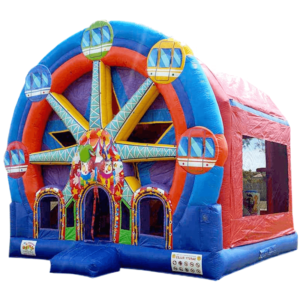
Enhanced safety features including padded entrance and mesh walls
Material Quality and Durability
The foundation of a safe bounce house starts with its materials. Professional-grade bounce houses should feature:
- Commercial-Grade Vinyl: Look for bounce houses made with 18 oz vinyl, like those manufactured by Bounce Horizon. This ensures durability and resistance to tears.
- Double-Stitched Seams: All connection points should have reinforced stitching to prevent splitting under pressure.
- Fire-Resistant Materials: Check for fire-retardant certification on all materials used.
Safety Mechanisms and Barriers
Every safe bounce house should include these crucial safety features:
- Mesh Walls: High-quality mesh walls allow for ventilation while keeping children safely inside
- Padded Entrance/Exit: Ensure all entry and exit points have sufficient padding
- Safety Netting: Look for enclosed designs that prevent falls
- Non-Slip Surfaces: The jumping surface should provide good traction
Age and Weight Guidelines
Understanding and following age and weight guidelines is crucial for safe bounce house use. Different models are designed for specific age groups and weight limits.
Age-Specific Recommendations
- Toddlers (2-3 years): Should only use specially designed toddler bounce houses with extra padding and lower heights
- Young Children (4-8 years): Can use standard bounce houses with proper supervision
- Older Children (9-12 years): May use larger models with more features
Expert Tip: Never mix age groups during play. Children of different sizes and ages should bounce separately to prevent accidents.
Weight Considerations
Weight limits are not just suggestions – they’re crucial safety guidelines:
- Individual Weight Limits: Typically range from 50-200 pounds depending on the model
- Total Weight Capacity: Usually between 300-800 pounds for residential models
- Group Size Limits: Follow manufacturer recommendations for maximum number of simultaneous users
Setup and Location Requirements
Proper setup and location choice are fundamental to bounce house safety. Following these guidelines can prevent most accidents before they happen.
Ground Preparation
- Surface Requirements:
- Level ground with no more than 5-degree slope
- Clear of rocks, sticks, and sharp objects
- Grass or soft surfaces preferred over concrete
- Space Requirements:
- Minimum 6-foot clearance on all sides
- No overhead obstacles (power lines, tree branches)
- Easy access for emergency situations
Additional Safety Resources:
Inspection Points Before Use
Regular inspection is vital for maintaining bounce house safety. Here’s a comprehensive guide to what you should check before each use.
Pre-Use Safety Inspection Checklist
- Structural Integrity
- Check all seams for tears or separation
- Inspect anchor points for damage
- Verify blower connection is secure
- Surface Condition
- Look for holes or worn spots
- Check entrance/exit padding
- Ensure floor padding is intact
- Safety Features
- Test all safety netting
- Verify entrance barriers are secure
- Check deflation vents
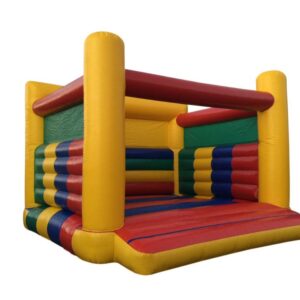
Premium safety features with reinforced safety walls
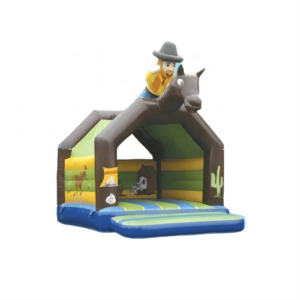
Professional-grade materials with enhanced safety measures
Supervision and Usage Rules
Essential Supervision Requirements
Proper supervision is crucial for preventing bounce house accidents. Here are the key guidelines:
Core Safety Rules
- Adult Supervision: At least one adult should actively monitor play at all times
- Capacity Limits: Never exceed the manufacturer’s recommended number of users
- Size Grouping: Group children by size and age for safer play
- Basic Rules Enforcement:
- No somersaults or rough play
- Keep hands and feet to yourself
- No food or drinks inside
- Remove shoes and sharp objects
Safety Certifications and Standards
Important Safety Certifications
When selecting a bounce house, look for these crucial certifications and standards:
- ASTM Standards
- ASTM F2374: Standard safety specification for inflatable devices
- ASTM F2375: Standard consumer safety specification
- Industry Certifications
- CE Certification (European Safety Standard)
- CPSIA Compliance (Consumer Product Safety)
- Lead-Free Certification
FAQs About Bounce House Safety
Common Safety Questions
What is the most important safety feature in a bounce house?
The most critical safety features are proper anchoring systems and high-quality materials (18 oz commercial-grade vinyl). These prevent tipping and ensure structural integrity during use.
How often should bounce houses be inspected?
Perform a thorough inspection before each use, monthly detailed inspections for frequent use, and professional inspections annually.
What weather conditions are unsafe for bounce house use?
Avoid use during:
- Winds exceeding 15 mph
- Rain or wet conditions
- Extreme heat (above 90°F)
- Lightning or thunderstorms
Conclusion and Safety Commitment
Choosing a safe bounce house is crucial for ensuring your children’s enjoyment and well-being. At Bounce Horizon, we’re committed to manufacturing bounce houses that meet and exceed all safety standards. Our products feature premium 18 oz vinyl construction, reinforced safety features, and comprehensive warranty coverage.
Ready to Choose a Safe Bounce House?
Browse our collection of safety-certified bounce houses or contact our experts for personalized recommendations.
Explore Our Safe Bounce House CollectionFor additional safety information or custom requirements, please contact our safety specialists.
